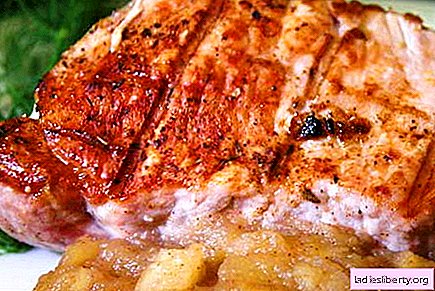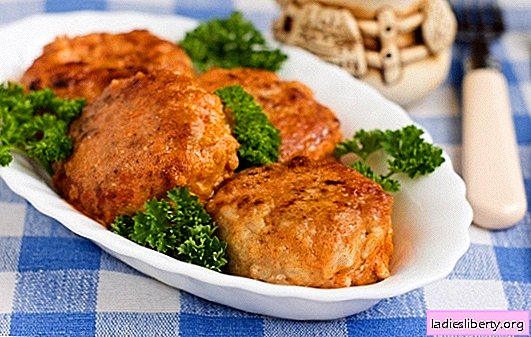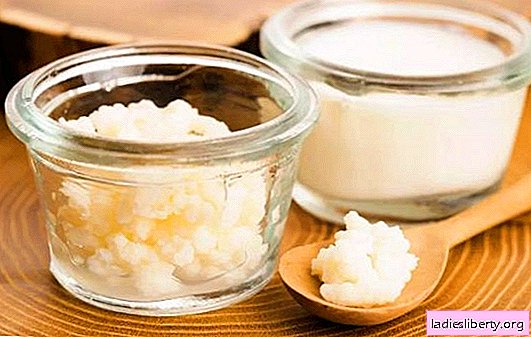
Amazing plants: parsnip, turnip, rutabaga, kohlrabi, radish and carrots! They must be included in your winter diet in order to meet the spring full of energy and strength. Root crops are added to soups, stews and side dishes, from which they make juices and eat fresh.
Site preparation
The main requirement for the successful cultivation of root crops is a well-excavated soil with the addition of manure or humus. First, you need to dig the land and remove plant debris: last year's remains and roots. Only then distribute the fertilizer evenly throughout the plot, covering the fertilizer with a shovel.
If it is not possible to use manure or humus, mineral substances can be used. Before planting seeds, you should sprinkle nitrogen fertilizer (preferably ammonium nitrate) into the furrows of the aisles. During the summer, the introduction of phosphorus and potassium under the plants will also be required.
Swede
The Swedes were the first to use swede. Because of this, having got to the countries of Europe at the beginning of the 18th century, it was called Swede (Swede). In taste it resembles turnips, but compared with it it is richer in vitamin C and minerals. Rutabaga contains potassium and magnesium, which help maintain blood pressure.
How to grow
Seeds are immediately sown in the ground at the end of winter - early spring, as soon as the snow melts. The distance between the rows of plants is 30-40 cm. The seeds are deepened into the soil by 2-3 cm. They are scattered every 1-2 cm. The crop ripens by the end of summer - early fall. When hilling, you can not dig up the stems of rutabaga, as this can cause rot.
What to cook
- potato gratin with parsnip and rutabaga with cream and parmesan cheese;
- mashed potatoes.
Carrot
The birthplace of carrots is Afghanistan. Initially, root crops had a purple color. The orange-orange variety that we eat now is a hybrid bred in the Netherlands in the 1600s. Such carrots are a rich source of beta-carotene and antioxidants. These substances help protect the heart and blood vessels from free radicals.
They can be grown in containers or crates with artificial lighting. Abroad, plants are often planted for decorative purposes because of their bright green, cirrus leaves.
How to grow
Seeds are sown in open ground. In the middle zone of Russia: in the middle-end of April. Carrot seeds are very small. When planting, they need to be mixed with dry sand and, making sure that they are evenly distributed in it, sprinkle with a thin stream into the previously dug grooves. They should be shallow - about 1-2 cm. The distance between the rows of plants is 20-25 cm. Harvesting is carried out 12-16 weeks after sowing.
What to cook
- cupcakes with carrots;
- salad of carrots, onions and dill.
Turnip
The root crop has been known since ancient times. Grew it around the world, including in Russia. Both poor and prosperous people ate turnips. Both the root crop and its tops are edible. Turnip is rich in vitamins, especially C and B, calcium, as well as coarse dietary fiber with a low calorie content. Young green leaves contain phytonutrients.
How to grow
In cold climates, turnips can be sown in late winter or early spring. The seed placement depth is 1-1.5 cm, the distance between the furrows is 15-20 cm.
Harvest turnips are harvested when the root crop fully ripens and becomes sweet, or 10-12 weeks after planting in the ground.
What to cook
- boiled turnip puree with onions and Parmesan cheese;
- leek and turnip soup.
Parsnip
Parsnip contains potassium, vitamin C, folic acid and fiber. It has anti-inflammatory and diuretic effects. Parsnip is ideal for winter stews, soups, casseroles, mashed potatoes and soufflés. Before the advent of potatoes, parsnip was considered the main vegetable crop on the menu of Europeans.
How to grow
Before planting the seeds must be germinated. To do this, they are wrapped in a damp cloth and periodically moistened. This process can take 3-4 weeks. Such seeds must be sown immediately in the garden. Furrows are made with a depth of 2-3 cm. The distance between the rows is 15-20 cm.
Harvesting after about 18-20 weeks, but they do not deteriorate even if you are late for harvesting in the winter.
What to cook
- baked parsnip with minced rosemary;
- Parsnip puree with fresh cilantro and parsley leaves;
- Parsnip Chips.
Kohlrabi
The exact origin of kohlrabi is unknown. Outwardly, it resembles a cabbage. Because of this, the popular version is that kohlrabi originated from a random mutation of cultivated cabbage varieties.
It tastes like a cross between turnips and rutabaga. Its green leaves are also edible. The plant must be watered carefully, as high humidity causes rotting.
In central Russia, seeds are sown in early May for seedlings and only in June transplanted into the garden. The distance between the rows is 45-50 cm and between the shoots is 25-30 cm. The crop is ready for harvesting 8-10 weeks after sowing.
The optimal diameter of kohlrabi is 10-12 cm. The overgrown stems are stiff and sinewy.
What to cook
- baked kohlrabi with cheese sauce;
- steamed kohlrabi with butter and black pepper.
Radish
Radish is a type of radish. The plant grows year round. Like broccoli and cauliflower, it belongs to the genus Brassicaceae and contains phytonutrients that protect the body against cancer, as well as mustard oil and salicylic acid. The use of root crops enhances immunity.
How to grow
You can sow radishes from spring to late autumn: from the beginning of March in greenhouses, and from mid-April - in open ground. Seeds germinate in about 5-8 days. On the same bed can be both mature root crops and young plants. With a large crowding of plants, their growth slows down. Young leaves are a good complement to salads.
Radishes can also be pickled. Depending on the variety, root crops are ready for harvesting in 4-8 weeks.
What to cook
okroshka;
radish salad of fennel, cucumber, tomato and feta cheese with mustard dressing.
Harvest Storage
Carrot
First you need to cut the leaves, as they
draw moisture from the root and wash the root crops well before laying.
In the refrigerator - at least a month.
In the freezer - about three months.
Parsnip
In the freezer for up to six months.
Rutabaga and turnip
It is better to remove the leaves before bookmarking.
In the refrigerator - about two weeks.
Kohlrabi
Young stems are peeled from the leaves and peeled, leaving only a stump.
The refrigerator is stored for two weeks.
In the freezer - a maximum of two months.
Radish
Leaves need to be cut, leaving a couple of centimeters of greenery.
The refrigerator is stored for a maximum of a week.











